This year, 20th century architecture in NSW is being recognised at both state and local government levels.
We outline some of the ways that modern heritage is being recognised in NSW in 2024.
By Charlotte Anlezark. Feature image supplied by the Hayden Orpheum Picture Palace.
This year, 20th century architecture in NSW is being recognised at both a state and local level. Community groups are pushing for better retention of high-density Art Deco architecture in their area, Councils are commissioning studies of the Modern buildings that make their suburbs shine, and mid-century buildings are increasingly being acknowledged on the State Heritage Register. Outlined below are some of the ways that Modern heritage is being recognised in NSW in 2024.
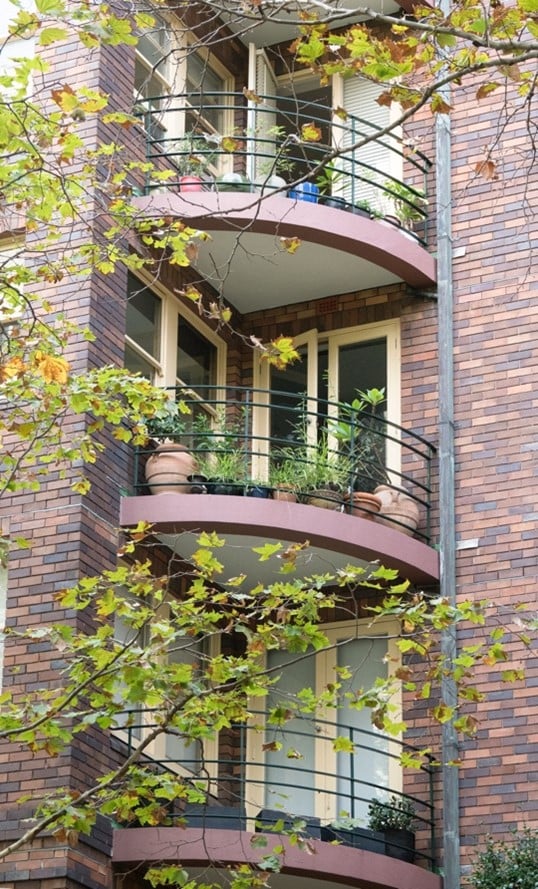
Potts Point Art Deco and Modern heritage
In the midst of our housing crisis, it is often our oldest buildings that are exemplars for density done well. The terraces, semi-detached villas and small apartment blocks of inner Sydney often create some of the most dense and vibrant places throughout our city. The diverse mix of families and individuals residing in these buildings creates robust and well-rounded communities.
Potts Point and Elizabeth Bay create one of these energetic enclaves, as the home to a wealth of Australia’s earliest apartment blocks that feature interesting Art Deco and Modern designs. Many of the buildings contain small studio and one-bedroom apartments, which allow smaller families and those with limited incomes to reside in the area. With so many homes accommodated inside one structure, they also allow for a high density of population in the area. These buildings are fantastic representations of early apartment styles in Sydney and make up a rare enclave of Art Deco buildings in Australia. Unfortunately, few and far between are protected by heritage measures.
There are many locals who are keen to retain both the charm of the Potts Point population density, as well as the beauty of these apartment blocks. There is concern that these elements of the community are under threat, as more and more development applications are lodged to replace the existing buildings with luxury apartments. The current proposals will see the loss of over a hundred homes in the area, as well as the loss of multiple important heritage buildings. In the middle of a housing and affordability crisis, this cannot be seen as a positive outcome. Nor is it a good environmental outcome, as we remember that the greenest building is the one that already exists.
The National Trust are working with the Potts Point Preservation Group to recognise the heritage of a number of these buildings. We hope to acknowledge both the incredible Art Deco architectural history of these places, as well as the vibrant community these buildings enable to reside within the area.
Northern Beaches Modern heritage study
The National Trust commends the Northern Beaches Council for their current Modern Heritage Study. Starting with a community consultation to identify and nominate buildings from the 1940s through to 1970s, this study aims to “ensure that notable buildings from the Modernist era are considered and protected by heritage listing”.
The Northern Beaches are home to many iconic mid-century homes, and host many of the early works by famous Australian architects such as Bruce Rickard, Peter Muller and Ken Woolley. The area is littered with esteemed split-level Pettit and Sevitt homes as well as the iconic Beachcombers by Nino Sydney. The study undertaken for the Northern Beaches will allow better heritage research and recognition for Modern buildings, as well as promote their conservation throughout the area. It will likely set an important precedent for other areas to investigate their own Modern buildings, worthy of heritage listing.
The National Trust, in reflection of this study, is assessing our own heritage listing of Modern buildings throughout Sydney. One of our National Trust properties, Stella James House in Avalon Beach, designed by Walter Burley Griffin and constructed in 1934, is already listed on the Pittwater Local Environment Plan.
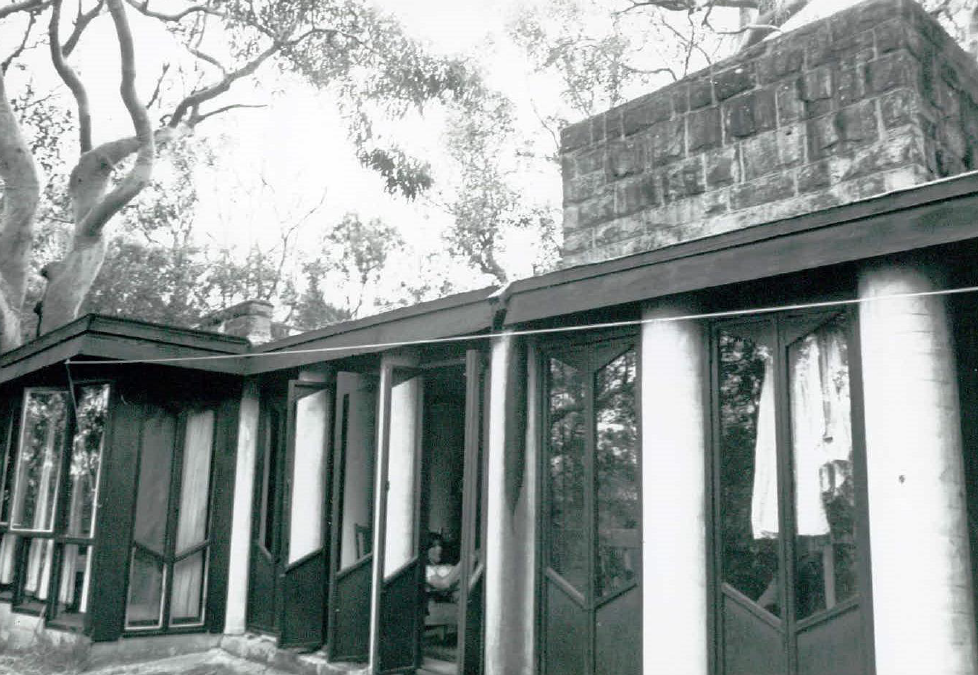
Modern heritage listings
The past few years have seen the State Heritage Register updated with many new items, amongst them a significant number of mid-century, Art Deco and Modern buildings. These include:
- Marie Short Farmhouse Designed by Australia’s most internationally acclaimed architect, Glen Murcutt in 1974-75, this house represents the Modern Australian vernacular home. Designed to work with its environment, this house is an exemplar for environmentally sensitive design.
- Bouddi Farm, Killcare The home and studio of one of Australia’s most prominent artists, Russell Drysdale, this house was designed by prominent architect Guilford Bell in 1966. Located across the road form the Bouddi National Park, this wonderfully conserved home is situated in a unique setting between the bush and the beach.
- Hayden Orpheum Picture Palace, Cremorne This 1935 Art Deco jewel of a theatre is described in the National Trust listing card as a “sumptuous example of a ‘thirties suburban cinema”. Its heritage listing in 2024 ensure it will stay as extravagant as ever.
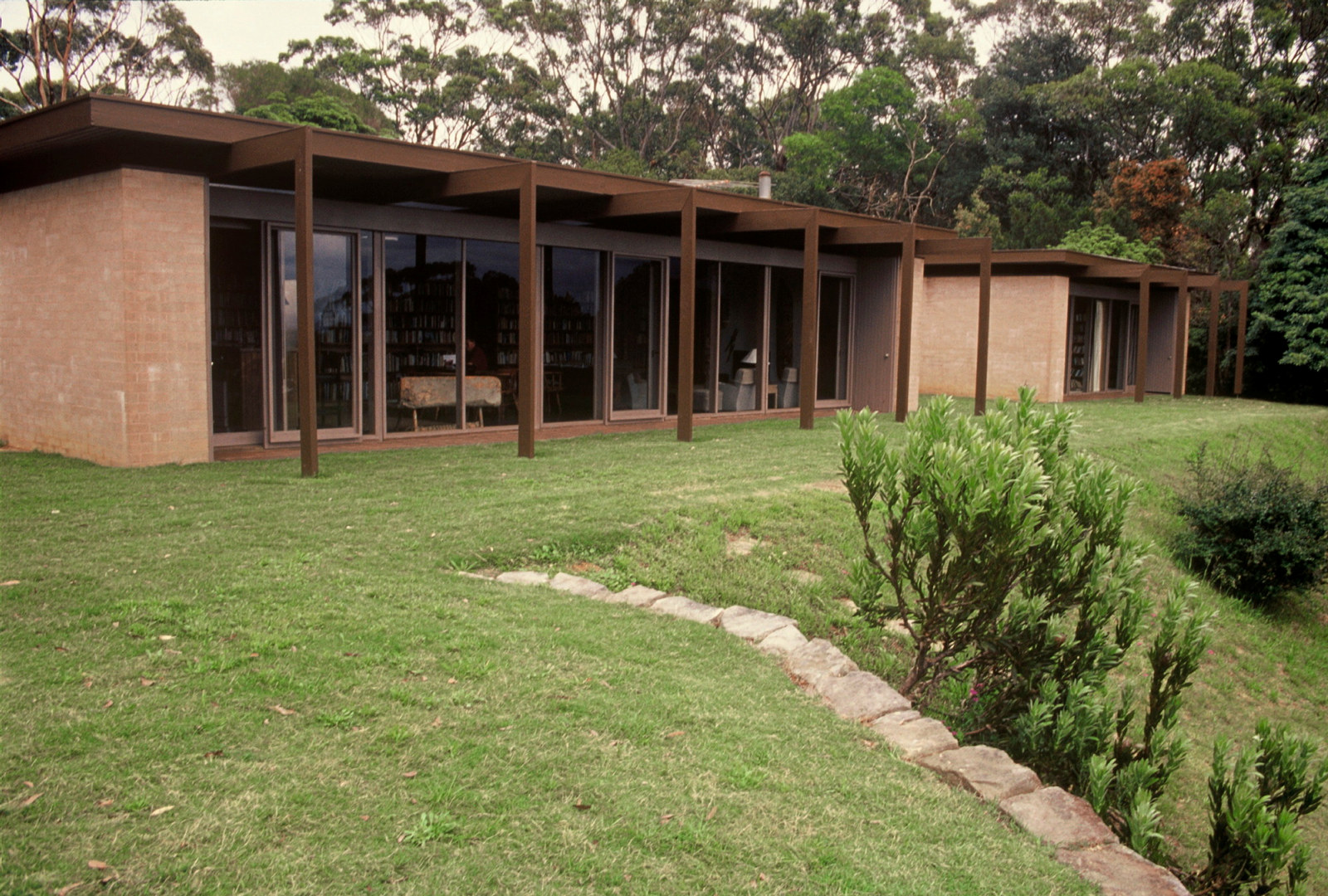
Also currently being considered for State Heritage Register listing are:
- Warringah Civic Centre Constructed in 1966, the Warringah Civic Centre is an important Modern complex that reflects Australia’s mid-century interest in civic design. It has aesthetic significance for its materiality and brutalist design, as well as the implementation of Australian native species and remnant bushland into the landscaping, which remains largely intact half a century later.
- Nissen Hut, Belmont North Nissen Huts were used for housing in Australia when post-war migration in the 1950s triggered an accommodation shortage for new immigrants. These half-dome houses, designed during the first world war, have now become a rarity in NSW.
- Powerhouse Museum curtilage amendment to include the Wran building This proposal seeks to amend the SHR listing of the Powerhouse complex to include the Wran (and the Harwood) building. The 1988 Wran was a state-of-the art purpose-built museum building, and winner of the Sulman Medal. Its recognition as State Heritage would better represent the important Modern elements of the Powerhouse Museum.
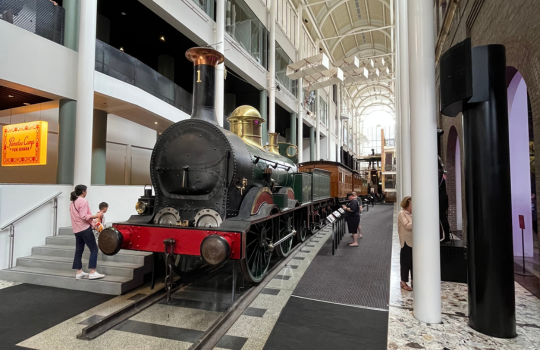
The National Trust has recently been working to list a number of 20th century buildings, including:
- The Coast Chapel, Little Bay An A-frame, non-denominational chapel dedicated as an Australian Nurses War Memorial. Featuring a giant stained-glass window that overlooks the ocean, the chapel was completed in 1967 and has been used for community events for the last 50+ years
- All Saints Cathedral and Bell Tower, Bathurst The All Saints Cathedral is a conglomerate of evolving heritage anchored by a mid-century design. The centrepiece of this complex is an incredible Modern brick cathedral that was built in 1971. Inside, you’ll find remnants of prior cathedrals, incredible stained-glass windows, and giant paintings by the prominent artist John Coburn. Outside, you’ll find a spectacular 2000s bell tower which hosts a set of rare peal bells from the 1850s.
- Gosford Library Currently under threat of demolition, this 1960s brutalist public building has not only been an essential service in the education and community service of the population of the central coast but also a masterpiece in mid-century design. Its Japanese inspired design, engineering and use of concrete panelling makes it a rarity in the area.
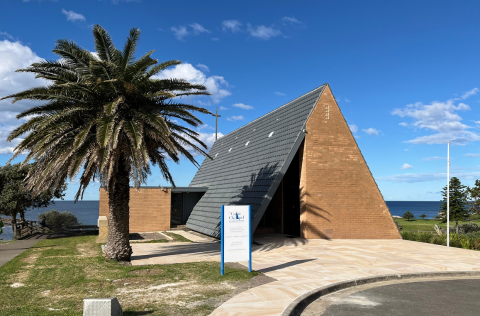
What is the National Trust Register?
The National Trust maintains a register of landscapes, townscapes, buildings, industrial sites, cemeteries and other items or places which we determine to have cultural significance and are worthy of conservation.
While the National Trust Register has no legal force, it is regarded as an authoritative statement on the heritage significance of a place, and serves as an early, non-statutory warning that it should be conserved. Often a listing can lead to legislated heritage protection by gathering important evidence for the historical record, which is ready to hand when challenges arise. Find out more about the National Trust Register.
Is your property eligible for listing?
If you would like to research a listed property, help update the information for your property, or suggest a property for future listing, contact the National Trust’s advocacy team at advocacy@nationaltrust.com.au
If you’d like to stay up-to-date on the latest National Trust (NSW) news, events and special offers, subscribe to our free monthly newsletter.

 Twitter
Twitter Facebook
Facebook Linkedin
Linkedin Email
Email
My wife and I were married at the Coast Chapel in 1984. A very special place for us 40 years ago and still have fond memories of the chapels stained glass windows and sea views beyond. It has great heratige value, so we are extreamly happy it has been recognised by the trust.
I am delighted to see that the Coast Chapel at Little Bay has been added to the National Trust Register. The stained glass window is stunning and enhances the view of the ocean beyond. I trained at Prince Henry Hospital in the early 1960s but have had many occasions to visit the Chapel since that time.
When my parents immigrated from Germany to Australia in 1953 – I was 1 yo – we were transported to Orange, probably by train – where we were housed in Nissen Huts. Recently, we travelled to Orange to see where these huts were located but there was no information from the Information Office that could give us this information. I’d love to know where it was and if there are any photos of this settlement. Our first stop was in Bonegilla, which we visited a couple of years ago and amazingly, they had documentation of our existence.
My mother was amazed that the temperature in Orange of freezing – she had brought summer clothes and was expecting it to be an eternal summer in Australia.
I’d love to hear from other German immigrants and their experiences.